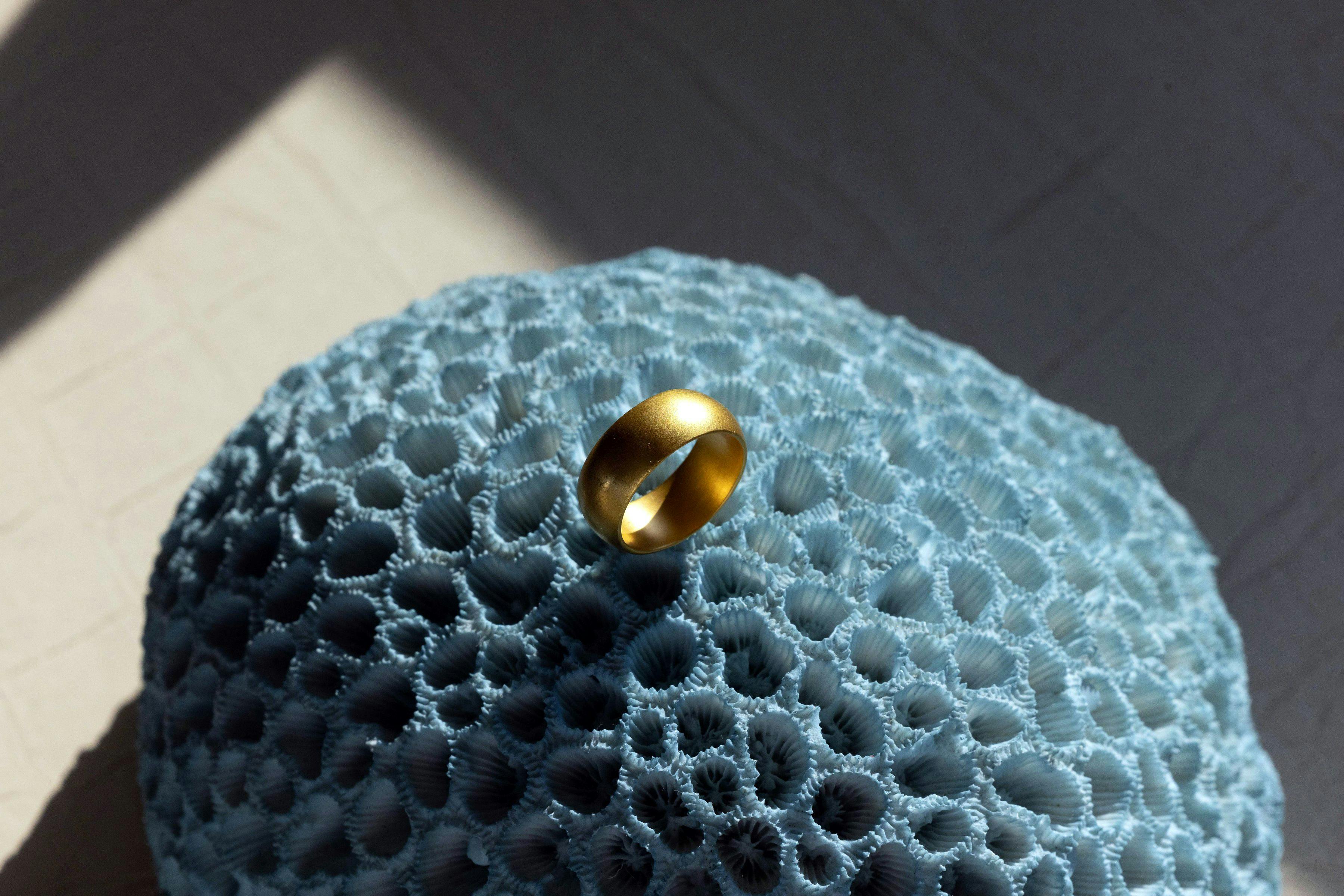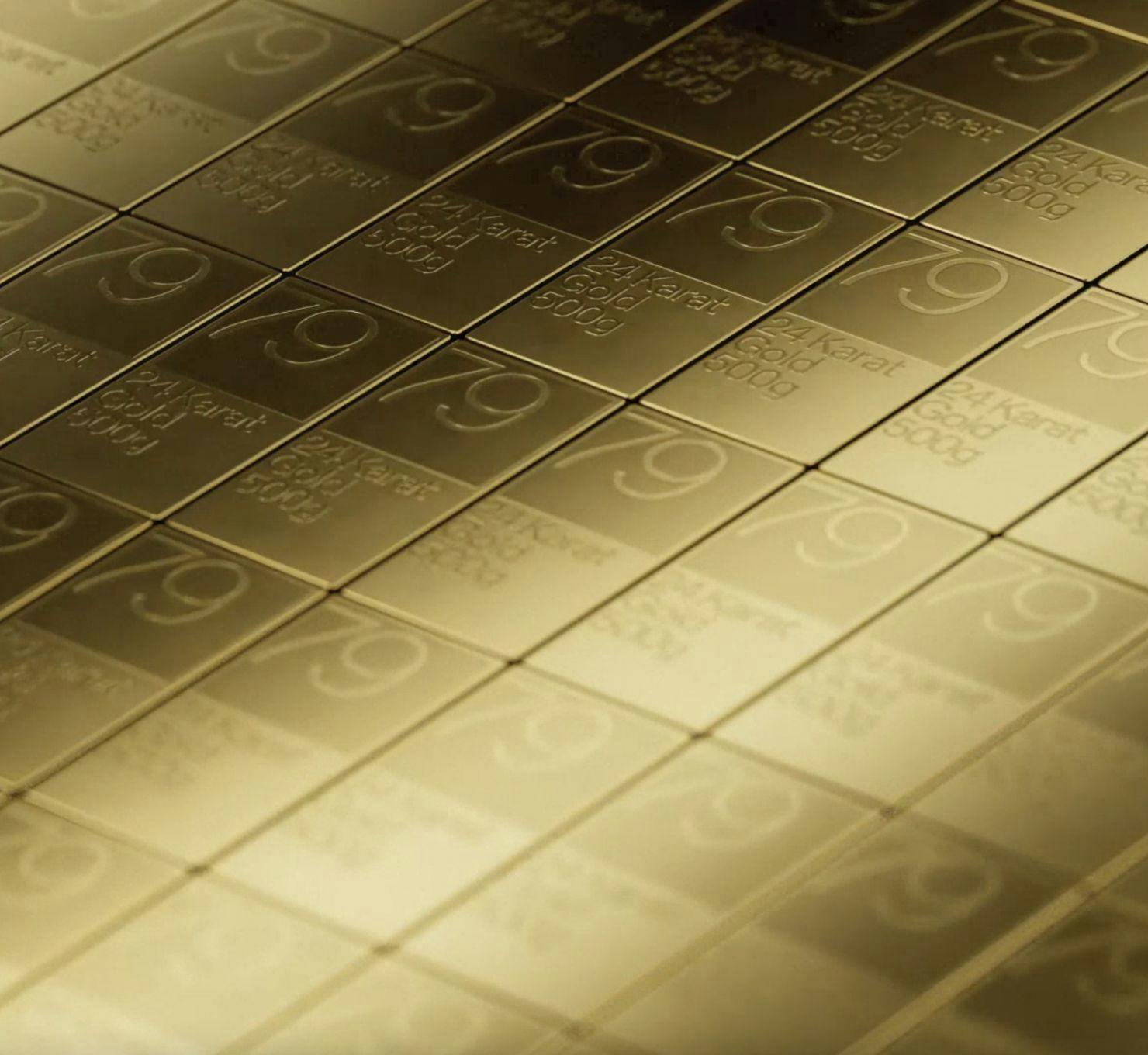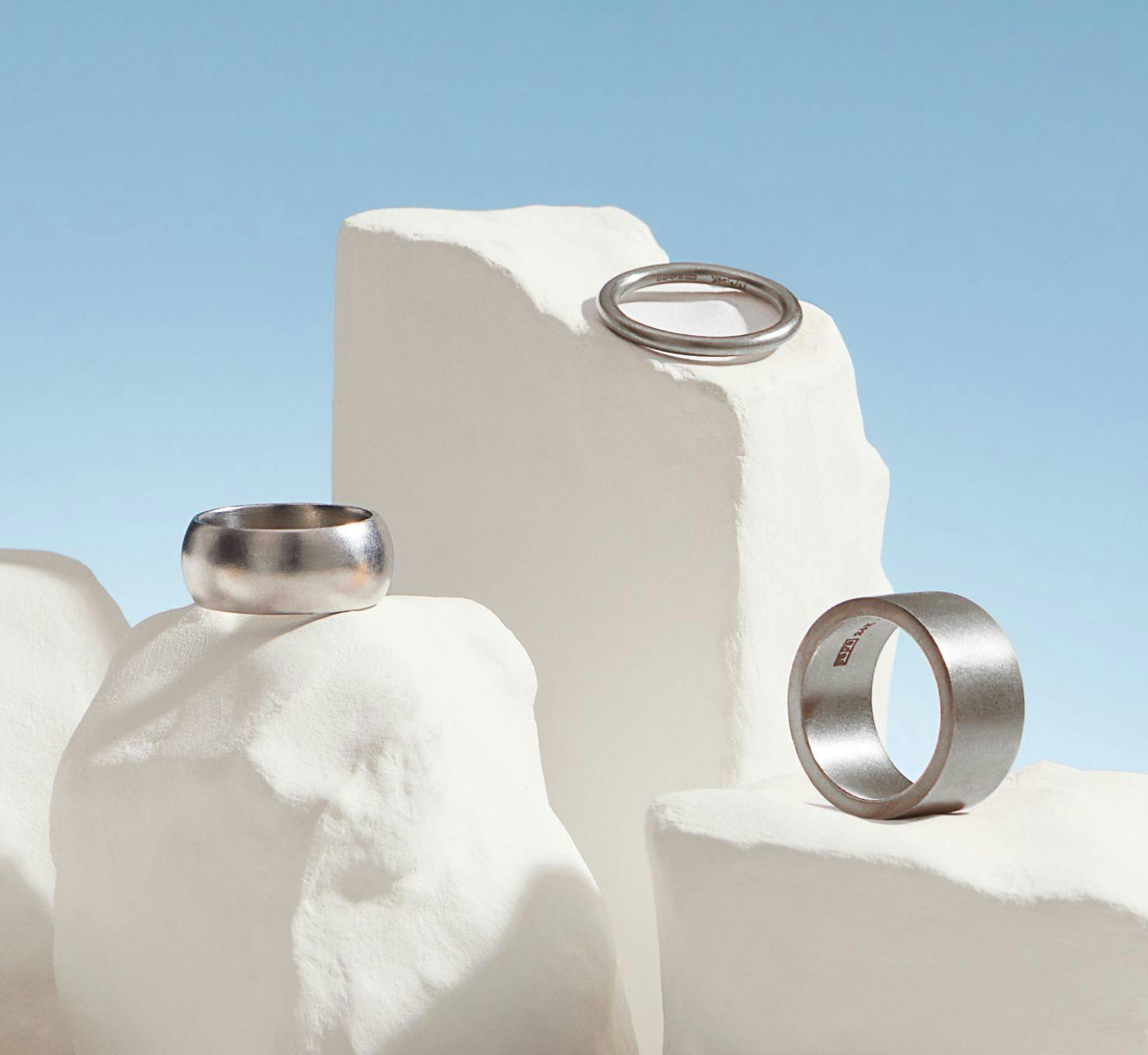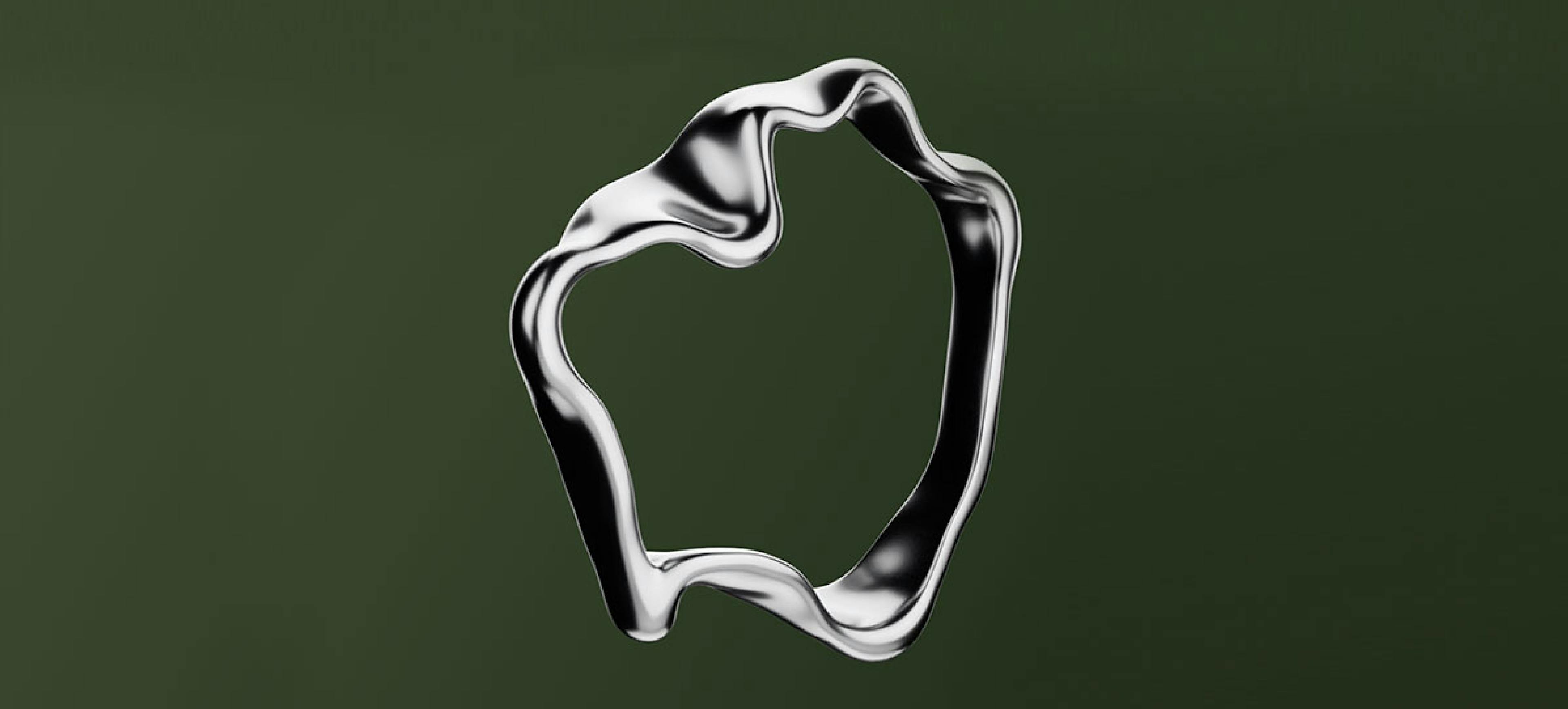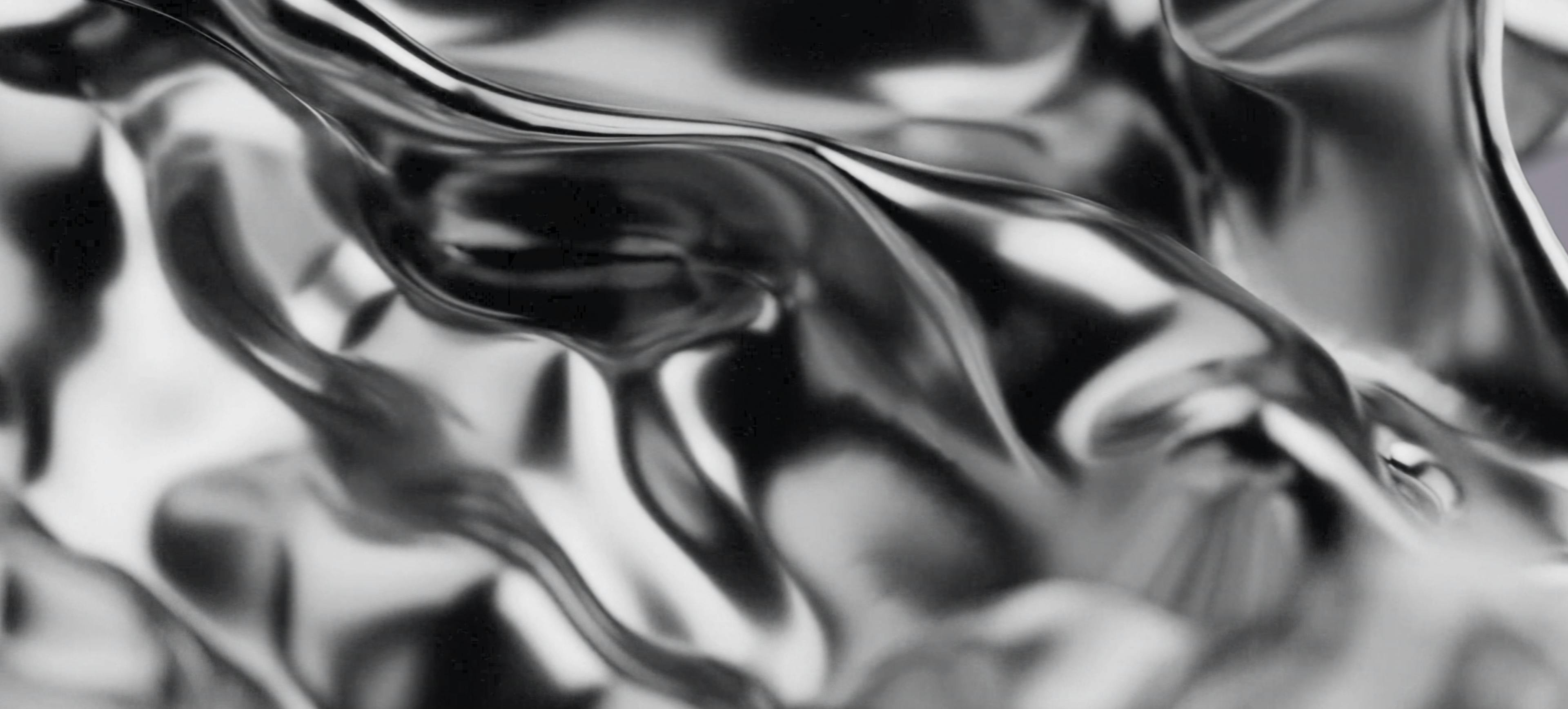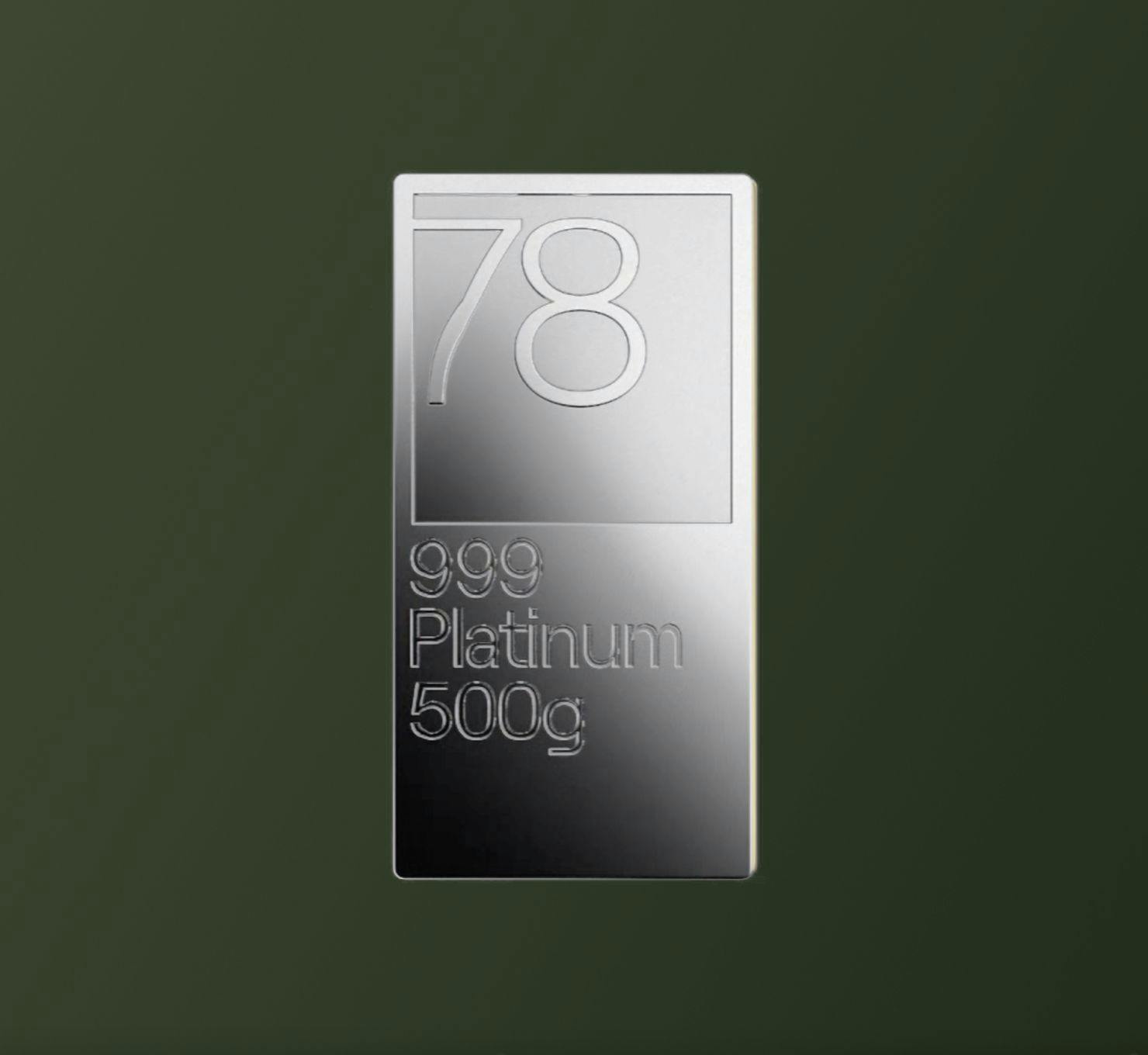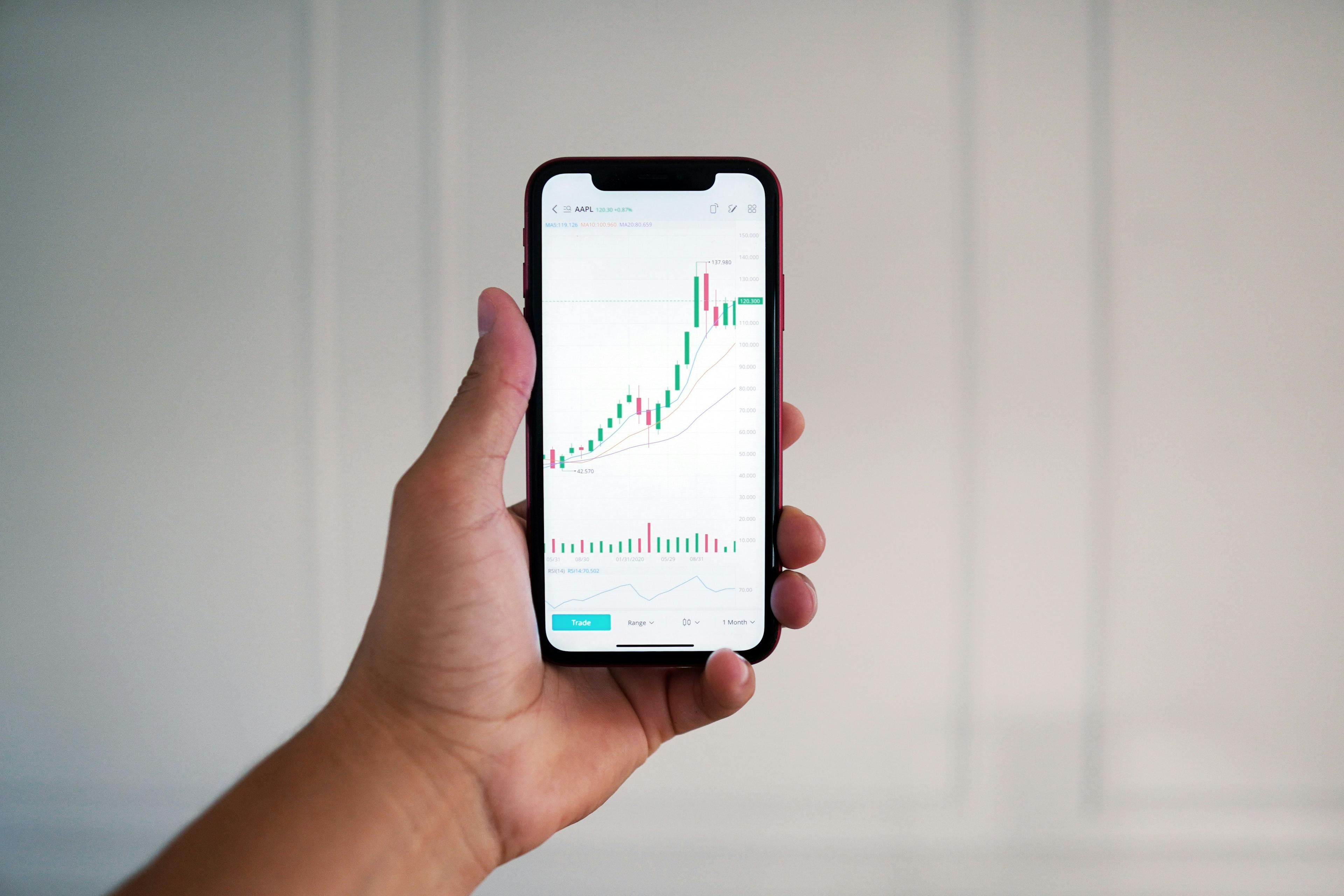One of the most famous materials in the world, gold is a noble metal that is resistant to oxidation and corrosion from moisture. It is considered a precious metal both for its rarity and high value. Gold has also been appreciated for centuries for its beauty and glamour.
One of gold's first-known uses in jewellery dates back to ancient Egypt, where the colours yellow and gold were associated with the sun, which they worshipped. For this reason, they chose to use gold in ornaments and crowns designed for their pharaohs.
Fast forward to today, and gold is still a highly revered commodity. Its price depends on a few key factors: the karatage (or purity) of the gold, the current market value of gold, and the level of craftsmanship and design involved in making the final product.
When it comes to karat count, 24-karat gold is the only measure indicating 100% pure gold. Other karatage includes 22-karat (91.7% gold), 18-karat (75% gold, appropriate for fine luxury jewellery), 14-karat (58.3% gold, ideal for fine jewellery), 12-karat (50% gold), and 10-karat (41.7% gold).
To make up the weight in the metal, other, less valuable metals are added to the mix.
Now that we’re slightly better versed in gold’s value, let’s take a look at the pros and cons of investing in gold jewellery.
The pros of gold jewellery
Let’s begin with the pros of investing in gold jewellery and, more broadly, the pros and cons of buying gold in general. Gold has been considered a sound investment for thousands of years now, meaning it has some decent clout. Here are some reasons why.
It’s durable
Gold is the most malleable precious metal, but on the other hand, it will not oxidise or corrode. There are, luckily, very few acids that can harm gold, as opposed to other precious metals, which are more susceptible to acid damage. When looking at the timeless and hot topic of silver vs gold jewellery, it’s worth mentioning that silver is even softer and, therefore, easier to scratch. With enough wear and tear, it can warp or change shape over time. The more durable nature of gold, combined with its high value, is why many opt for gold pieces over silver for day-to-day wear.
It complements all skin tones
Gold is generally widely accepted as an excellent colour choice for warmer skin tones, which are typically identifiable by greenish-coloured veins and yellow or golden-apricot skin undertones.
Another easy way to determine warm skin tones is that they tend to tan easily, providing the ideal backdrop for gold jewellery. If you have brown, green, or hazel eyes and red, brown, or black hair, there’s a good chance that you also have a warmer skin tone. People with cooler skin tones, don’t fret! Pure gold looks great on everyone but there are always other metals which will complement your skin, too, such as our 7879 pure platinum. Platinum and silver generally go well with cooler skin tones, so we’ve got the jewellery to make everyone look good.
Real gold is easier to identify
The fact that real gold is easier to identify should ease the minds of those wondering whether buying gold jewellery is a good investment.
In the UK, gold must be stamped or marked to identify its purity. This hallmark informs the buyer of the exact percentage of gold in their jewellery.
Generally found on the inner band of rings or jewellery clasps, the stamp consists of a rectangular, oval, or house shape embedded into the piece. A rectangular shape with shaved corners indicates a gold piece, an oval indicates silver, and a house indicates platinum.
Once this symbol has been located, you can refer to the number inside the shape to tell you the purity of the material used. While different countries follow different hallmarking standards, common hallmarks for gold include:
999: 24-karat gold 916: 22-karat gold 750: 18-karat gold 585: 14-karat gold
Real gold is also easy to identify, which means you don’t have to be a professional to know when a piece of gold jewellery is high in quality. The intense warm yellow colour of your authentic 7879 piece is sure to catch the attention of your friends and family due to its characteristic lustre.
It’s easy to maintain
In general, gold jewellery requires far less care than other materials (such as silver) to maintain its beauty and charm. If you’ve owned any sterling-silver jewellery, you’ve probably noticed that it can quickly become tarnished, brown, or even black as time passes. A quality polish and some elbow grease may help restore your silver to its original state. However, you can avoid having to do this by regularly cleaning and polishing your sterling silver jewellery pieces and storing them in a cool and dry place. Impure gold does, of course, also have the potential to dull over time, but can be cleaned at home or taken to a professional jeweller who can assist you in bringing back its shine. You can also ensure it holds its shine by storing it in a compressed, airtight plastic bag. The lack of oxygen in the sealed bag guarantees that your gold jewellery remains bright and shiny for years to come. Or, you could invest in pure, 24-karat gold that never loses its lustre.
The cons of gold jewellery
Gold, as is the case with all precious metals, is not perfect. With its high 24-karat quality come a few pitfalls, and in this section, we’ll discuss the cons of gold jewellery.
It can be easier to scratch
As we touched on earlier, gold is a highly malleable metal. This means that it can easily become scratched when worn, making its ability to damage over time one of its primary disadvantages. Gold’s softer makeup makes it more susceptible to small nicks and scratches than harder metals such as platinum, which can weather this damage a bit better. The general rule is that the higher the quality of your gold, the more susceptible it is to scratches and dents. Because our gold at 7879 is all 24-karat standard, you’re best off taking some care with your precious investment. Don’t worry, though; superficial damage won’t diminish the value of your 7879 jewellery.
Impure gold (18k or less) may cause an allergic reaction (24k is hypoallergenic)
Although quite rare, lower karat gold jewellery has been known to cause an allergic reaction for the wearer. The best way to navigate this situation is with the good old “try-before-you-buy” method. If you have any concerns about a possible reaction, simply ask your jewellery retailer if they can provide a sample of the metal. This allows you to test the metal on your skin before you buy. This will alleviate any concerns you have before committing to a purchase.
As uncommon as this is, it’s always good to know about the potential for allergic reactions to your jewellery in advance. It is poorer-quality gold products that open the door to allergic reactions, with alloy metals added to supplement the gold in low-karat gold jewellery.
Even though hypoallergenic rhodium is commonly added (to white gold in particular) to act as a shiny barrier between the gold and the wearer’s skin, it wears off over time. Once the rhodium wears off, the impure gold is exposed underneath, causing potential allergies and irritations to the wearer.
7879’s 24-karat gold is both higher in purity and requires no plating. Its purity minimises the opportunity for reactions to happen. Since 24-karat gold also contains less than 0.1% reactive nickel, potential buyers can rest easy regarding possible allergies.
It can be more expensive
Given gold’s illustrious reputation, it’s obviously one of the more expensive metals on the market. Potential buyers can, however, take solace from the fact that it also maintains its value over time. The price of gold will fluctuate, but at the end of the day, it tends to remain a precious metal with a high monetary value. With this fact in mind, those looking to invest have the opportunity to trade in their gold for market-value remuneration.
When considering how much to spend on gold jewellery, you should be sure to factor in the current market value, as well as the craftsmanship and design of the piece. Both of these combined determine how much of a return the piece could yield in the future. Thankfully, 7879’s policy of using only the purest gold and platinum means that you know exactly how much your piece is worth based simply on its weight. With a simple reference to the market value of the metal, you can see exactly how much your jewellery is worth at any time.
Far from the bulky and antiquated gold bullion that used to be the cornerstone of gold investment, gold jewellery can now be a chic and sophisticated way to invest your money. With 7879, you can choose to invest in a sleek, wearable asset with a live market value and an assured quality standard.

